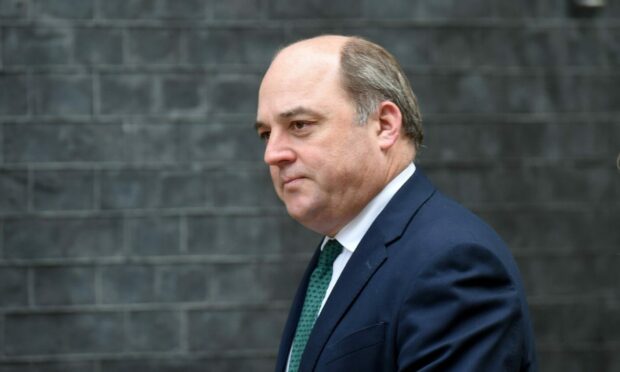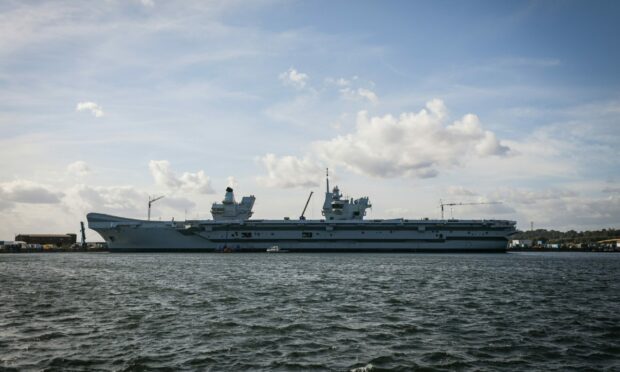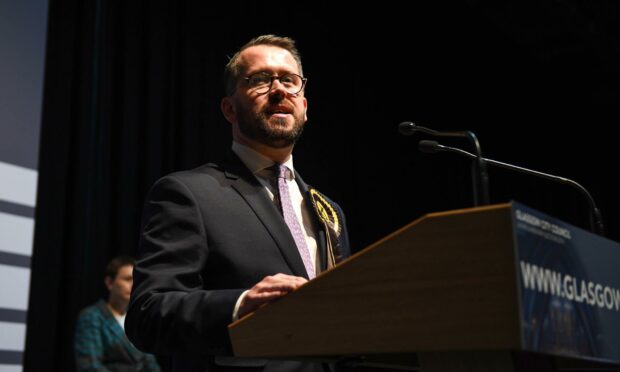UK defence chief Ben Wallace warned an independent Scotland would not be able to “sustain” a Navy shipbuilding industry with smaller military budgets.
The senior Tory – who was once a north-east MSP – insisted jobs in areas such as Rosyth would be at risk if Scotland were to leave the UK.
It comes after Westminster announced plans to build five more warships in the Clyde in addition to five already being constructed on the Forth.
Mr Wallace echoed the recent warnings of a senior defence economist who said military shipbuilding would have no future if Scotland opted for independence.
Professor Keith Hartley, who was also a United Nations Consultant, told MPs in November the industry north of the border was entirely dependent on the Royal Navy.
Appearing at Westminster’s Scottish Affairs Committee on Tuesday, Mr Wallace claimed spending cuts elsewhere would be needed to maintain current shipbuilding levels if Scotland lacked UK Government support.
Major challenge
He said: “I’d certainly say that an independent Scotland’s defence budget would not be of the size that could sustain a long-term shipbuilding industry for the Navy, because simply the capital investment required is so big.
“They would either have to cut something else or be very good at exporting.
“That’s a challenge for any country that’s going to reduce its revenues and its incomes and indeed its defence footprint.
“I don’t think you would see the same level of shipbuilding in Scotland that you currently do in the Navy sector.”
Defence firm Babcock started work on a £1.25 billion contract to construct five new Navy warships earlier this year.
It’s estimated the project will see an extra 1,250 jobs being created in Fife.
Leading SNP figures have previously disputed claims Navy shipbuilding would grind to a halt if Scotland was independent.
MP Stewart McDonald said: “An independent Scotland, as a full member of Nato, will need naval capabilities – capabilities that can be served and improved upon by our world-renowned shipbuilding industry and expertise.
“Scotland stands ready and able to play its part in the defence of these islands and our allies and friends with the full powers of independence, benefitting our world-class shipbuilding industry in the process.”
Scottish Tory leader Douglas Ross, the MP for Moray, cited Prof Hartley’s warnings during Tuesday’s committee meeting. Last month he described them as a “hammer blow” for the SNP.
In 2014, Yes campaigners claimed Scotland would “inherit” a share of UK defence assets during negotiations to break up the union.
Rosyth was cited as one area which could serve as a key naval base in the SNP’s blueprint for independence.
The Scottish Government was approached for comment.



Conversation